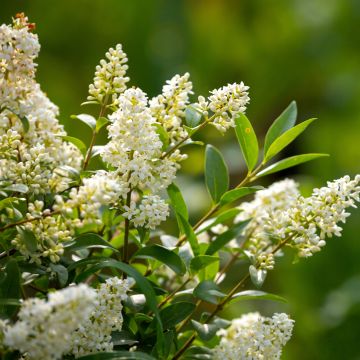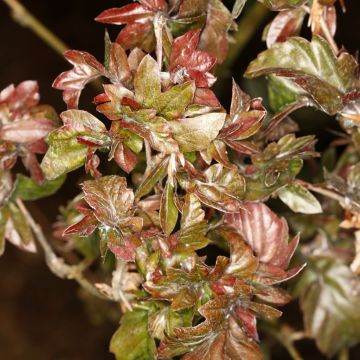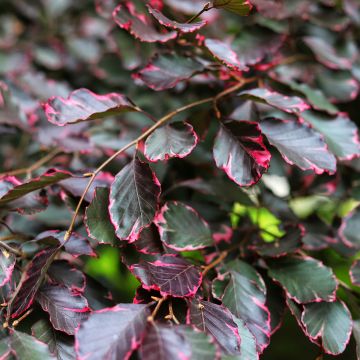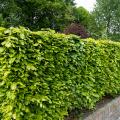Traditional hedges
Would this plant suit my garden? Set up your Plantfit profile →
Available in 5 sizes
Available in 7 sizes
Available in 7 sizes
Available in 4 sizes
Available in 4 sizes
Available in 3 sizes
Available in 5 sizes
Available in 5 sizes
Available in 2 sizes
Available in 5 sizes
Available in 5 sizes
Available in 5 sizes
Available in 2 sizes
Available in 4 sizes
Available in 1 sizes
Available in 3 sizes
Available in 4 sizes
Available in 3 sizes
Available in 1 sizes
Available in 4 sizes
Available in 4 sizes
Available in 3 sizes
Available in 1 sizes
Available in 3 sizes
Available in 1 sizes
Available in 1 sizes
Available in 1 sizes
Available in 1 sizes
Available in 1 sizes
Available in 1 sizes
Available in 1 sizes
Available in 1 sizes
Available in 1 sizes
Available in 1 sizes
Available in 1 sizes
Available in 1 sizes
Available in 1 sizes
Available in 1 sizes
Available in 1 sizes
Available in 1 sizes
Available in 1 sizes
Available in 1 sizes
Available in 1 sizes
Available in 1 sizes
Available in 1 sizes
Available in 1 sizes
Available in 1 sizes
The classic hedge is an effective privacy screen and windbreak that defines and protects the garden. Classified as monospecific, it consists of a single variety of bush and forms a uniform, understated, and elegant plant screen. The most commonly used bushes for hedges include, for example, cherry laurel, Photinia, or the privet, just to name a few, as they are robust plants with rapid growth, easy to cultivate in a wide range of soils and climates, resistant to cold weather, and tolerant of pruning. To stand out, you can also opt for green walls made of yew, a timeless classic, or the dense, hardy, and oh-so-chic hornbeam. On these pages, you will find a wide selection of classic and more unique bushes to create your classic hedge.
<!-- td {border: 1px solid #ccc;}br {mso-data-placement:same-cell;} -->
Haven't found what you were looking for?







































































































